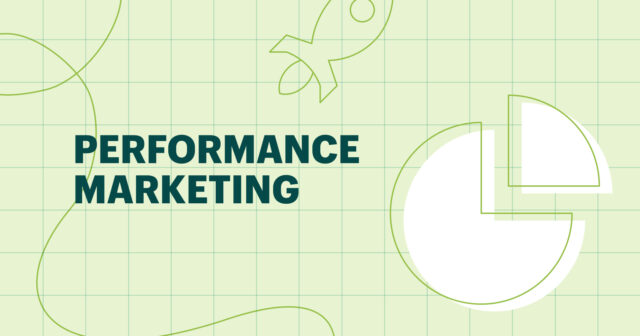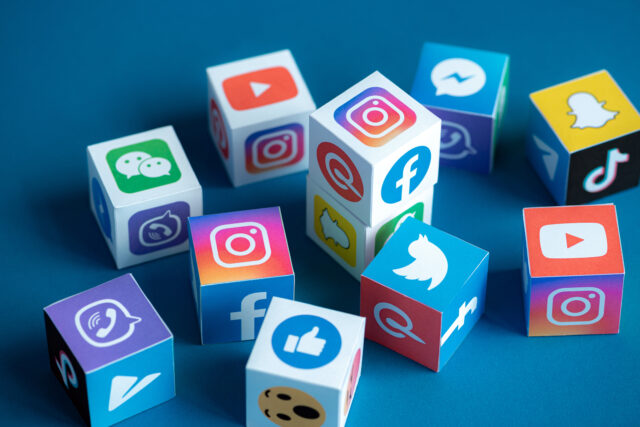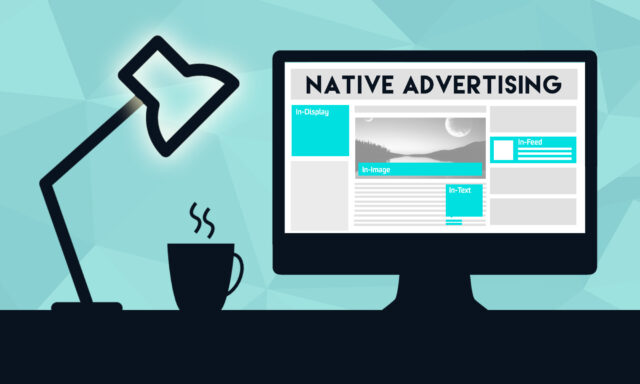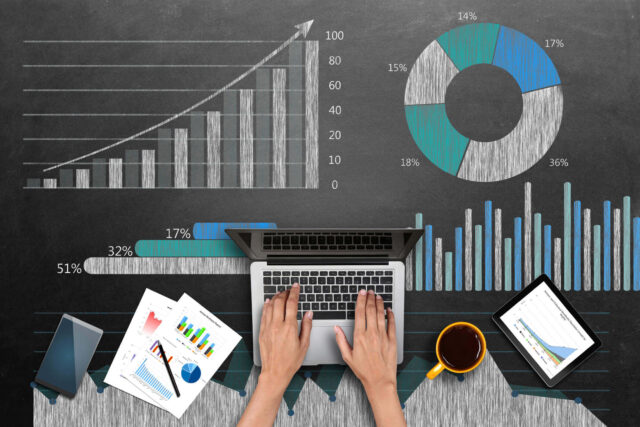Global digital ad spend is projected to grow to $646 billion by 2024 . For this reason, there are new forms of Internet marketing, including performance marketing. In today’s article, we will explain what it is and how it works.
What Is Performance Marketing?

Performance marketing is a model of activities aimed at providing the greatest possible effects from a specific advertising budget. The advertiser pays for the actions performed by the user, not for the display. So using performance advertising, you pay only for the desired effect.
How Does It Work?
The main goal of performance marketing is the measurable effect. So, the point is to get the recipient to perform the action specified by the advertiser. Of course, it does not always have to be the purchase of a service or product. Equally well, the recipient can fill out the form or subscribe to the newsletter. As we mentioned earlier, in performance marketing, you pay for a specific action. Therefore, it is worth knowing what the payment methods are. Here are a few of them:
- Cost Per Sales (CPS): The amount the advertiser pays only when sales are generated directly by the ad.
- Cost Per Click (CPC): The amount an advertiser pays only when their ad is clicked.
- Cost Per Acquisition (CPA): The amount an advertiser pays when a specific action occurs, such as a sale, form completion, or click.
- Cost Per Impression (CPM): The amount an advertiser pays a publisher for a thousand impressions of an ad.
- Cost Per Lead (CPL): The amount an advertiser pays after receiving a sign-up from an interested consumer as a direct result of their ad.
What are the Performance Channels?

Content Marketing
It is a strategy based on creating and sharing valuable content, such as articles, blogs, videos, and infographics. The goal is to attract the attention and commitment of customers and build long-term relationships with them. This content may be shared on a company website, blog, social media, marketing emails, or other platforms.
Find more about performance marketing on: https://subko.co/
Social Media

These are platforms such as Facebook, Instagram, Twitter, LinkedIn, and YouTube that allow companies to communicate with customers and promote their products or services. Social marketing can include creating organic content, managing social media ads, and running competition campaigns or advertising campaigns on social media platforms.
Search Engine Marketing
Search engine marketing is divided into two parts. Paid search engine marketing is simply when an advertiser pays for clicks on ads on search engines like Google, Bing, and Yahoo. The second option is SEO – using free methods like search engine optimization to ensure you rank high in search results.
Native Advertising

Native advertising is about creating ads that are integrated with the environment in which they appear. The idea is to make them seem more natural and less intrusive than traditional advertisements. They are often generated dynamically depending on whether the user is reading or viewing the content.
Conclusion: Bring out The Potential of Your Business!

Performance marketing is a model that has been operating for a long time and is constantly evolving. By using it, you can increase your market reach and reduce budgets while increasing your revenue. You can also find a performance marketing agency that will help you create an effective advertising campaign.







